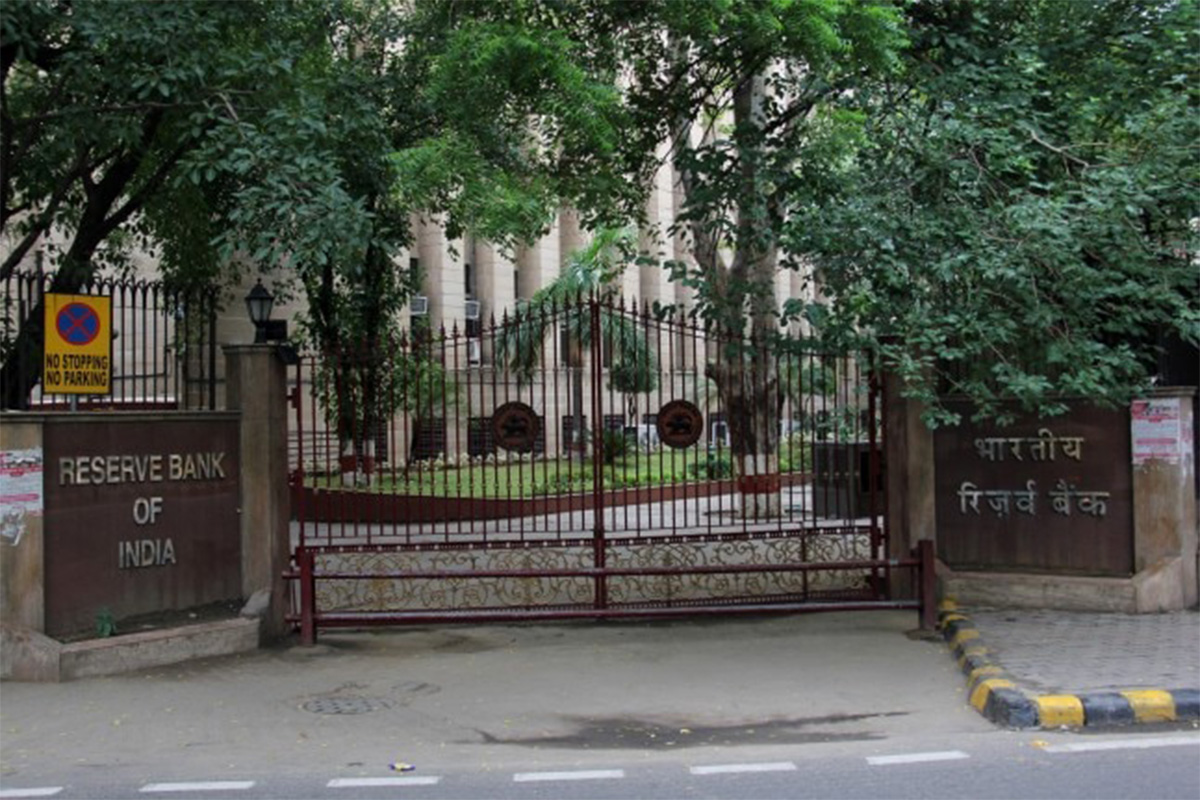As the county’s healthcare system reels under the severe Covid crisis, the Reserve Bank of India (RBI) on Wednesday announced a liquidity window of Rs 50,000 crore wherein vaccine makers, hospitals, oxygen suppliers among other healthcare stakeholders would be able to get loans at the repo rate till March 31, 2022.
The loans would be for tenors of up to three years, said the RBI Governor Shaktikanta Das during a virtual address.
Das said that banks are being incentivised for quick delivery of credit under the scheme through extension of priority sector classification to such lending up to March 31, 2022. These loans will continue to be classified under priority sector till repayment or maturity, whichever is earlier.
“To boost provision of immediate liquidity for ramping up COVID related healthcare infrastructure and services in the country, an on-tap liquidity window of Rs 50,000 crore with tenors of up to three years at the repo rate is being opened till March 31, 2022,” he said.
Under the scheme, banks can provide fresh lending support to a wide range of entities including vaccine manufactures, importers and suppliers of vaccines and priority medical devices, hospitals and dispensaries, pathology labs, manufacturers and suppliers of oxygen and ventilators, importers of vaccines and COVID related drugs and logistics firms and also patients for treatment.
Banks may deliver these loans to borrowers directly or through intermediary financial entities regulated by the RBI.
He further, said that banks are expected to create a Covid loan book under the scheme. By way of an additional incentive, such banks will be eligible to park their surplus liquidity up to the size of the Covid loan book with the RBI under the reverse repo window at a rate which is 25 basis points (bps) lower than the repo rate or, termed in a different way, 40 bps higher than the reverse repo rate.
Governor Das note that in the fight against the second wave, alleviating any constraint from the financing side for all stake holders including governments, hospitals and dispensaries, pharmacies, vaccine and medicine makers, medical oxygen manufacturers, engaged in the critical healthcare supply chain, and above all the common man who may be facing sudden spike in health expenditure, requires a comprehensive targeted policy response.
“Small businesses and financial entities at the grassroot level are bearing the biggest brunt of the second wave of infections,” he said.












